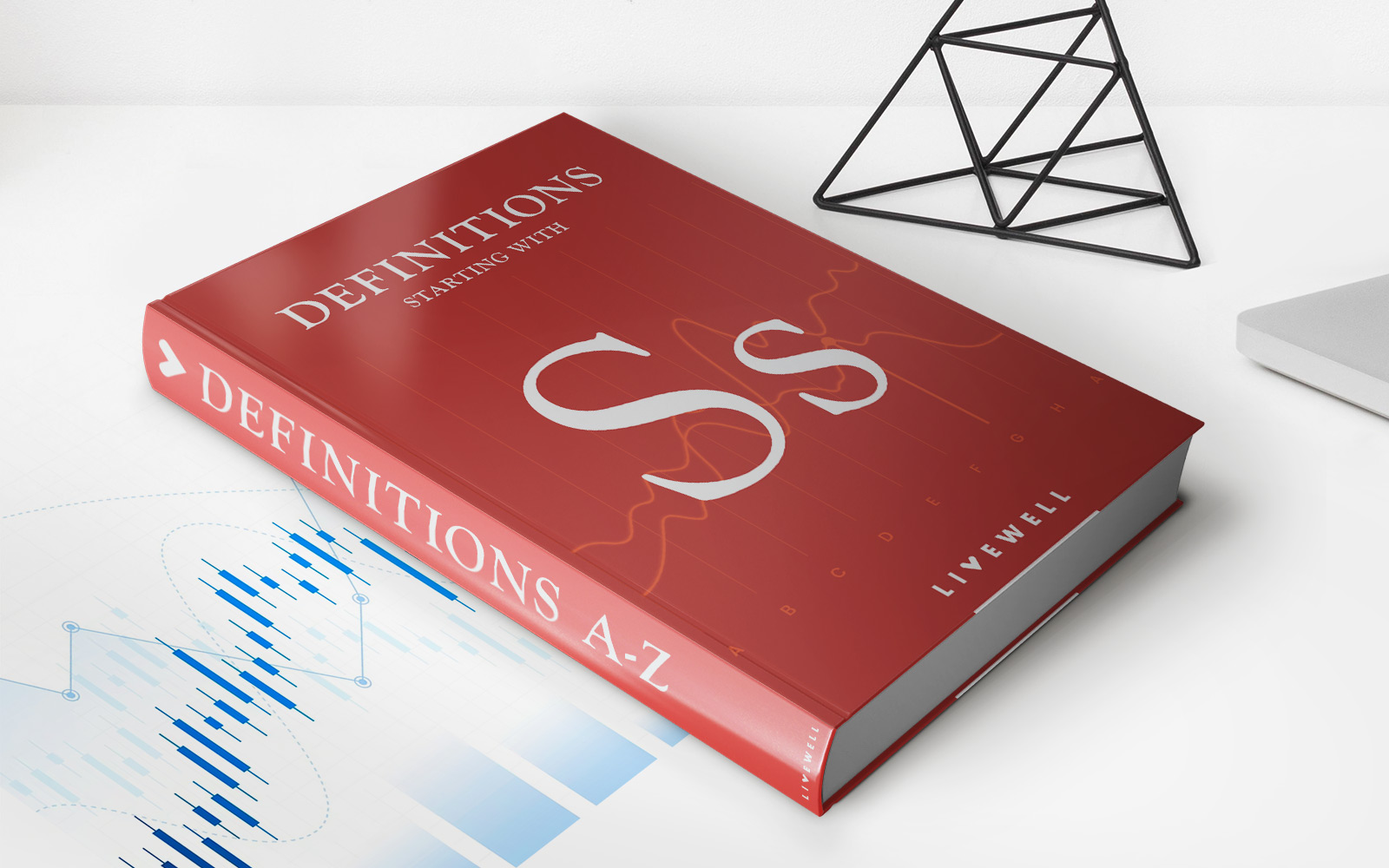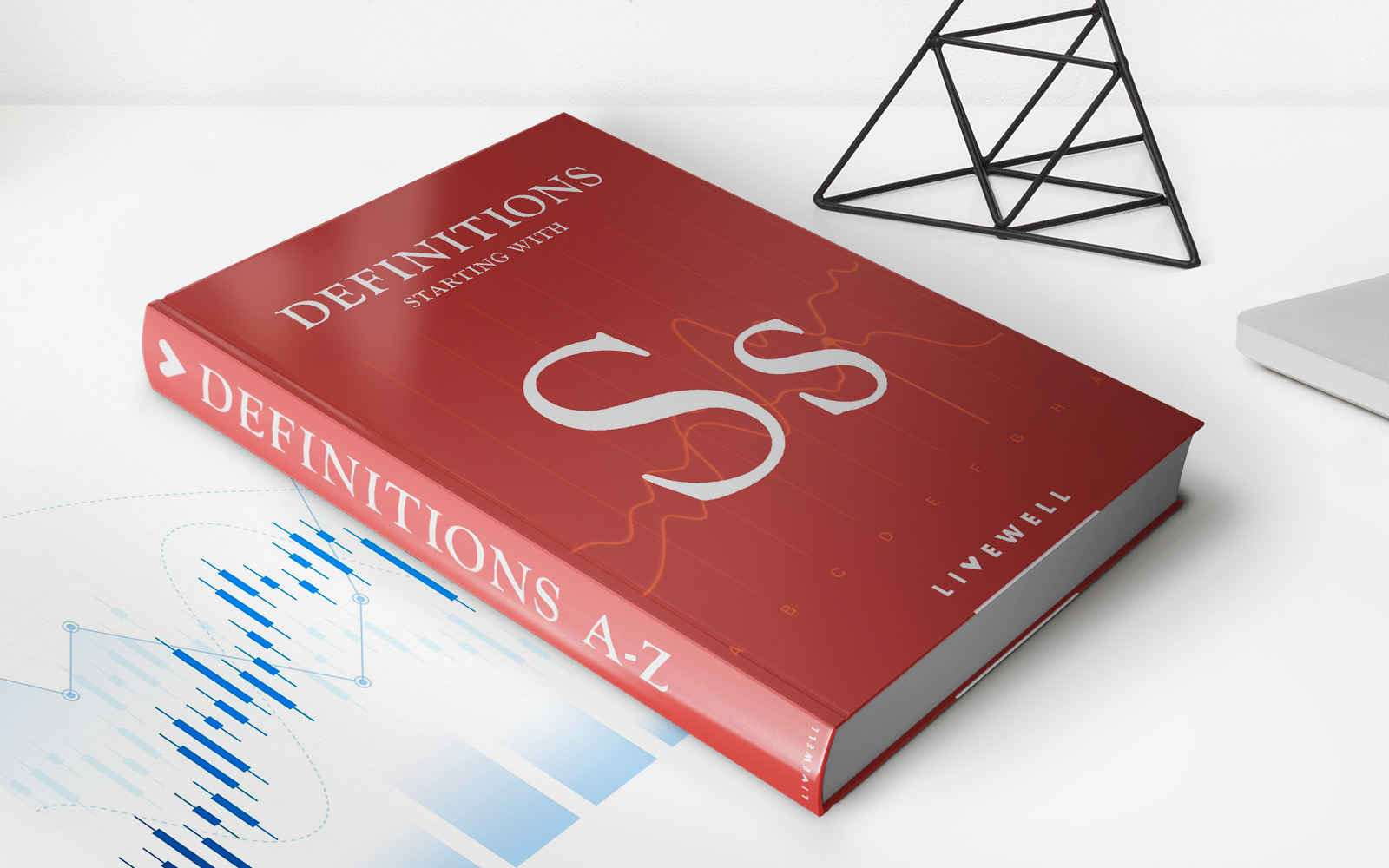

Finance
Second Life Economy Definition
Published: January 25, 2024
Discover the meaning and intricacies of the Second Life economy. Explore the intersection of virtual finance and real-world transactions in this comprehensive guide.
(Many of the links in this article redirect to a specific reviewed product. Your purchase of these products through affiliate links helps to generate commission for LiveWell, at no extra cost. Learn more)
Understanding Second Life Economy: A New Avenue for Financial Opportunities
Finance is a broad category that encompasses various aspects of the economic world. One area that has gained significant attention in recent years is the Second Life economy. Whether you’re a virtual world enthusiast or someone looking to explore new financial opportunities, this blog post will provide a comprehensive introduction to the Second Life economy and its potential benefits in today’s digital age.
Key Takeaways:
- Second Life offers a virtual world where users can participate in a thriving economy, buying and selling virtual goods and services.
- The Second Life economy allows users to earn real-world money through virtual ventures and virtual currency exchange.
So, what exactly is the Second Life economy? Second Life is a virtual world where users can create avatars, interact with others, and engage in various activities, including shopping, launching businesses, and even attending virtual events. Within this immersive digital landscape, a unique economy has emerged, providing users with opportunities to earn real-world income.
Here are some key aspects of the Second Life economy:
- Marketplace: Second Life boasts a vibrant marketplace where users can buy and sell a wide range of virtual goods, including clothing, accessories, property, and even virtual pets. This virtual market functions similarly to real-world e-commerce platforms, enabling users to earn income through their creations or by flipping virtual properties.
- Virtual Businesses: Just like in the physical world, entrepreneurs in the Second Life economy can establish and run their own virtual businesses. Whether it’s a virtual fashion boutique, a nightclub, or a virtual services company, the possibilities are endless. Users can generate revenue by offering products, services, or experiences within the virtual world.
- Virtual Currency: The Second Life economy operates on a virtual currency called Linden Dollars (L$). Users can exchange real-world money for Linden Dollars and vice versa. This exchange rate allows individuals to earn income in Second Life and convert it into real-world funds. Significant amounts of real money have been earned by savvy users through successful virtual business ventures.
- Virtual Real Estate: Unique to the Second Life economy is the concept of virtual real estate. Users can purchase virtual land and build upon it, creating properties and attractions for other users to visit. Similar to real-world real estate, virtual land can increase in value, presenting opportunities for investment and profit.
The Second Life economy offers exciting possibilities for those looking to venture into the world of virtual entrepreneurship. It provides a platform where creativity, business acumen, and social interaction converge, nurturing a robust economic landscape.
Key Takeaways:
- Second Life offers a virtual world where users can participate in a thriving economy, buying and selling virtual goods and services.
- The Second Life economy allows users to earn real-world money through virtual ventures and virtual currency exchange.
Whether you’re a creative individual looking to monetize your virtual designs or someone seeking to explore new financial opportunities, the Second Life economy presents an intriguing avenue worth considering. Join the millions of users who have embraced this virtual world and unlock the potential for financial success in the digital realm.














